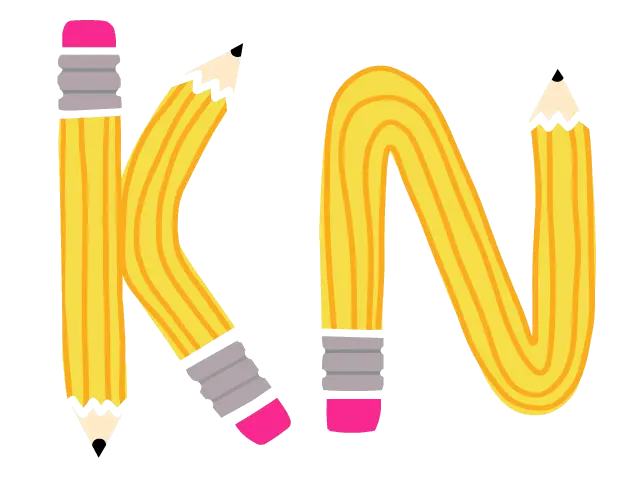What is Raster Graphics?
Raster graphics, also known as bitmap graphics, are a method of representing images in which the image is composed of a grid of individual pixels. Each pixel holds a specific color value, and collectively, these pixels form a complete picture. This image format is ideal for complex images rich in detail such as photographs, digital artwork, and scanned documents. Raster graphics are inherently resolution-dependent, which means that resizing them can lead to a loss of quality or pixelation. Common file formats for raster graphics include JPEG, PNG, GIF, and BMP, making them a staple in both web and print design.
Key Takeaways
- Raster graphics are made up of a grid of pixels, each holding individual color information.
- They are best used for detailed images like photographs and digital paintings.
- Common raster file formats include JPEG, PNG, GIF, and BMP.
- Raster graphics are resolution-dependent; enlarging them can result in quality loss.
- Understanding raster graphics is essential for choosing the right design format for different projects.
Raster Graphics vs. Vector Graphics
While raster graphics use pixels to form images, vector graphics rely on mathematical paths and shapes to create an image. Vector graphics are resolution-independent, allowing them to scale to any size without losing quality. This makes them ideal for logos, icons, and any graphics that require resizing or reshaping. Understanding the difference between these two is crucial for marketers, designers, and businesses when deciding on the most appropriate format for their needs.
Applications of Raster Graphics in Marketing and Design
Raster graphics are extensively utilized in various fields such as digital marketing, website design, and print advertising. In digital marketing, high-quality raster images can enhance user engagement, while in print, they contribute to the aesthetic appeal of brochures, flyers, and catalogs. Additionally, raster graphics play a vital role in photography-based projects and any design work requiring rich detail and texture.
Optimizing Raster Graphics for the Web
With the increasing importance of online presence, optimizing raster graphics for web use is critical. Techniques such as compressing files to reduce loading times, and using appropriate file formats like JPEG for photographs or PNG for images requiring transparency are essential for enhancing user experience. Furthermore, employing responsive design practices ensures that raster images display correctly on various devices and screen sizes.
The Bottom Line
Understanding raster graphics is indispensable for organizations and individuals involved in marketing and design. The ability to choose and optimize the right graphic format can significantly influence the effectiveness of visual content, whether it be improving brand image or enhancing user engagement online. As such, a comprehensive grasp of raster graphics not only empowers creatives in their execution of projects but also aids businesses in delivering compelling visual narratives to their audiences.
















